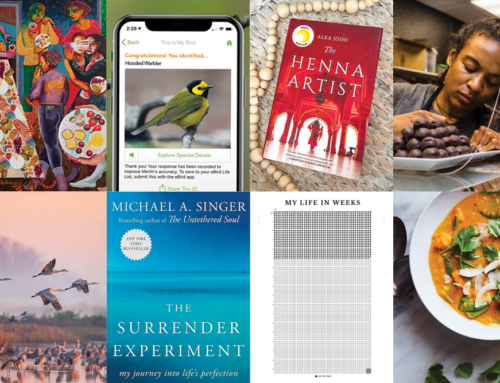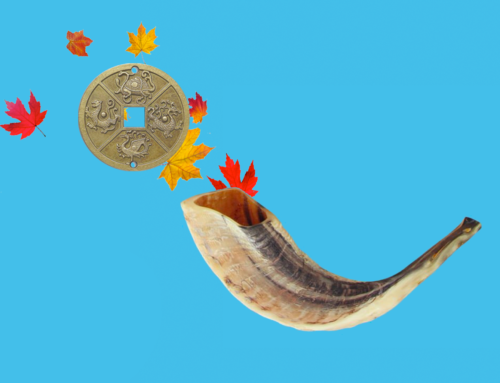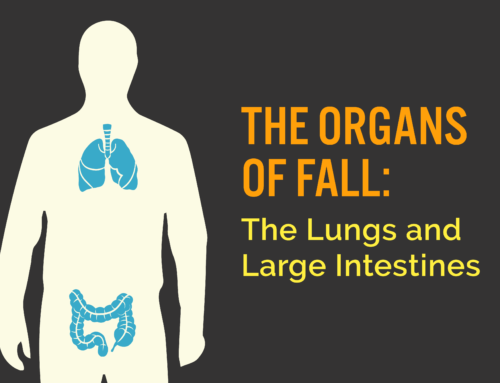Photo by Khamkéo Vilaysing on Unsplash
In Chinese Medicine, windy days can be the subtle difference between a powerful, clear-headed week and a drippy-head-cold-week.
Wind on our neck and backs is thought to make us more susceptible to falling prey to one of the 200 strains of viruses that cause cold symptoms. In the classical texts that are the foundation of our medicine, Wind is considered one of the ‘Six Evil Causes of Illness’. Dramatic? A bit. But consider a thousand years ago the serious threat of getting sick compared to current day.
Here’s the short of it: Windy days make us more susceptible to catching cold (your grandmother was right!)
Some tips to consider during the spring when wind is common to avoid getting a cold:
- Protect your neck with a scarf (look at every acupuncturist you know this time of year – scarfs are in!)
- Be sure your pores aren’t wide open when you head outside (i.e. let your system cool down before leaving the gym to get to your car). If you are going out for a run or ride and will sweat, over-dress on windy days.
- Avoid phlegm causing foods such as dairy, sugar, greasy foods and excess alcohol.
- Try to stay rested to avoid deficiency which generally makes us sitting ducks for viruses/pathogens.
Colds are one possible symptom of exposure to wind, here are a few others:
- irritability
- dizziness
- headaches (especially migraines)
- a stiff or tense neck/upper back
There are points in acupuncture on the neck and head that can help “clear wind” and prevent a cold that’s in its early stages. As well, we use points this time of year to boost immunity to protect against colds. Come on in while the weather is transitioning, or if you can’t get in stimulate the immune boosting points behind your lungs (on your upper back) with a heating pad or hot bath.







